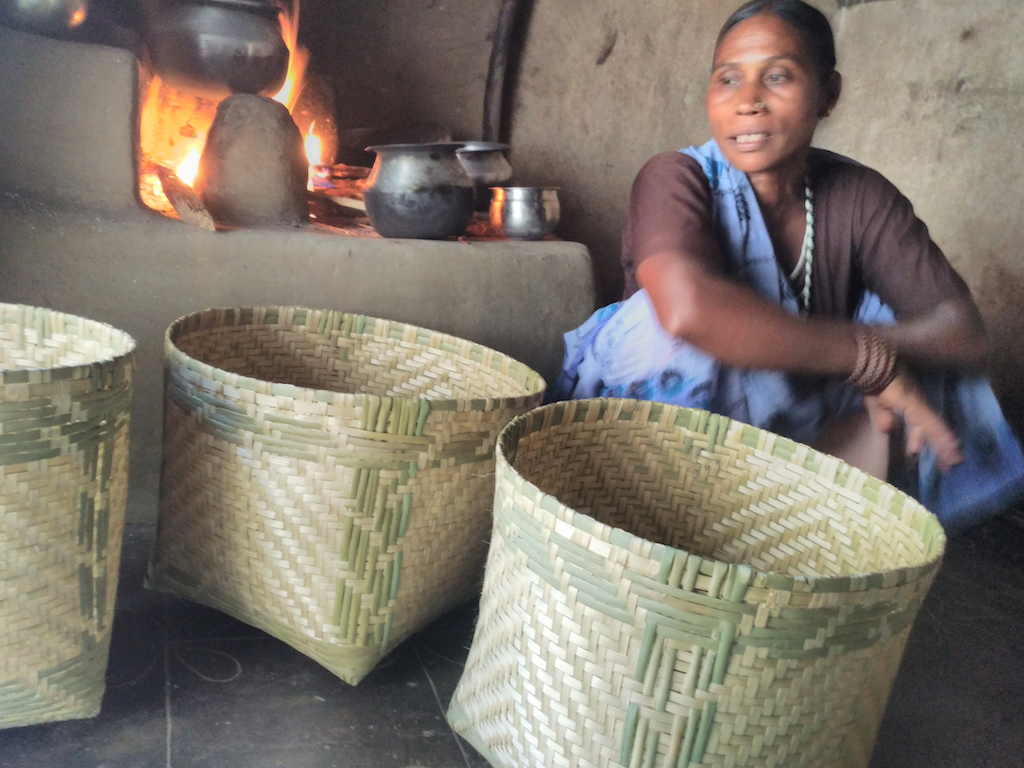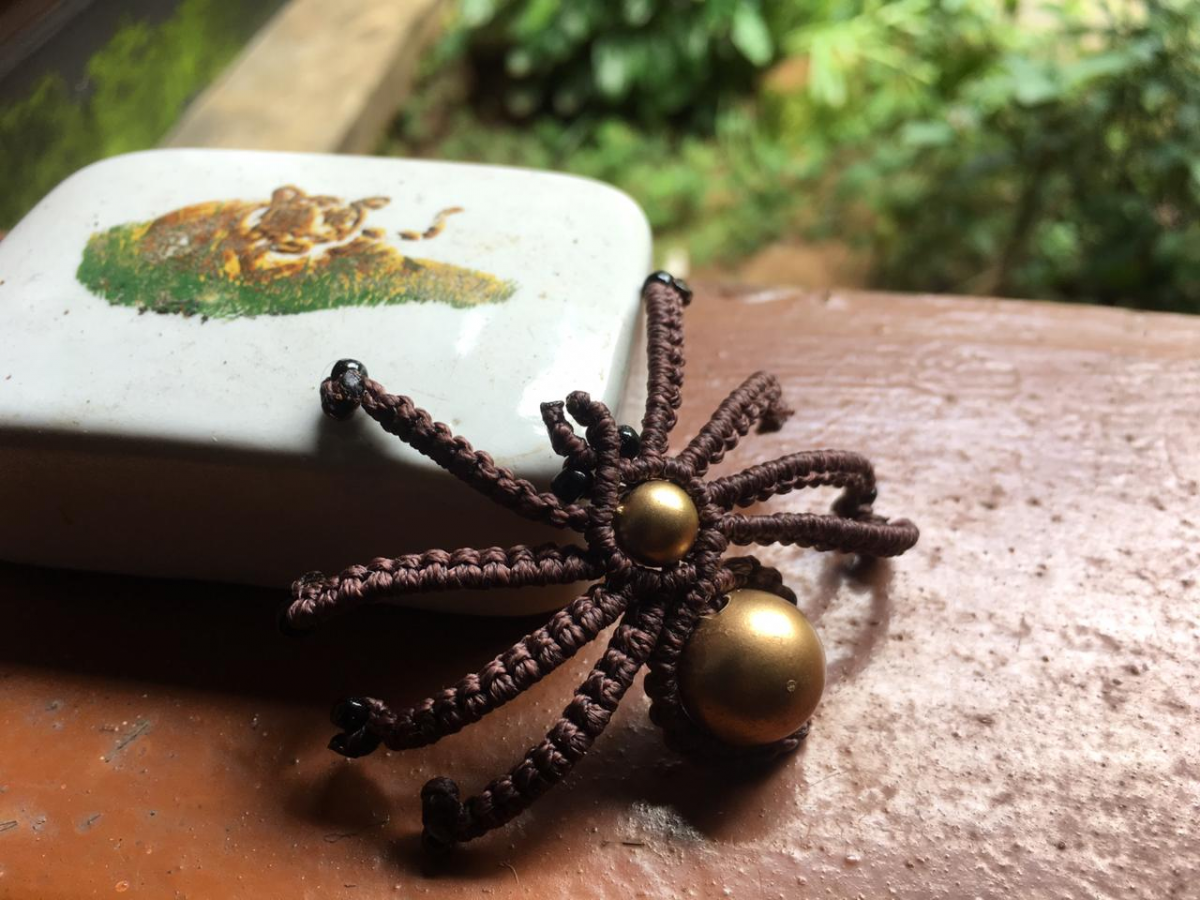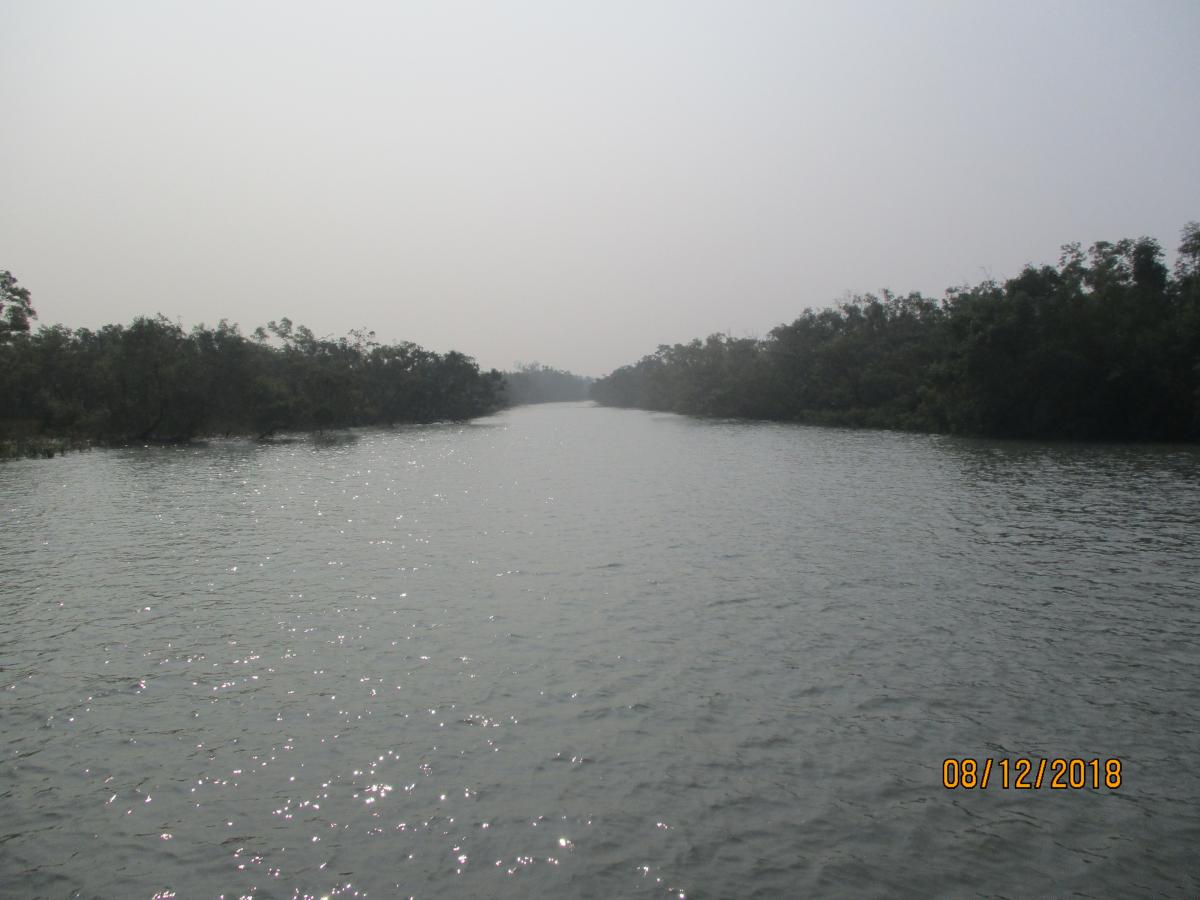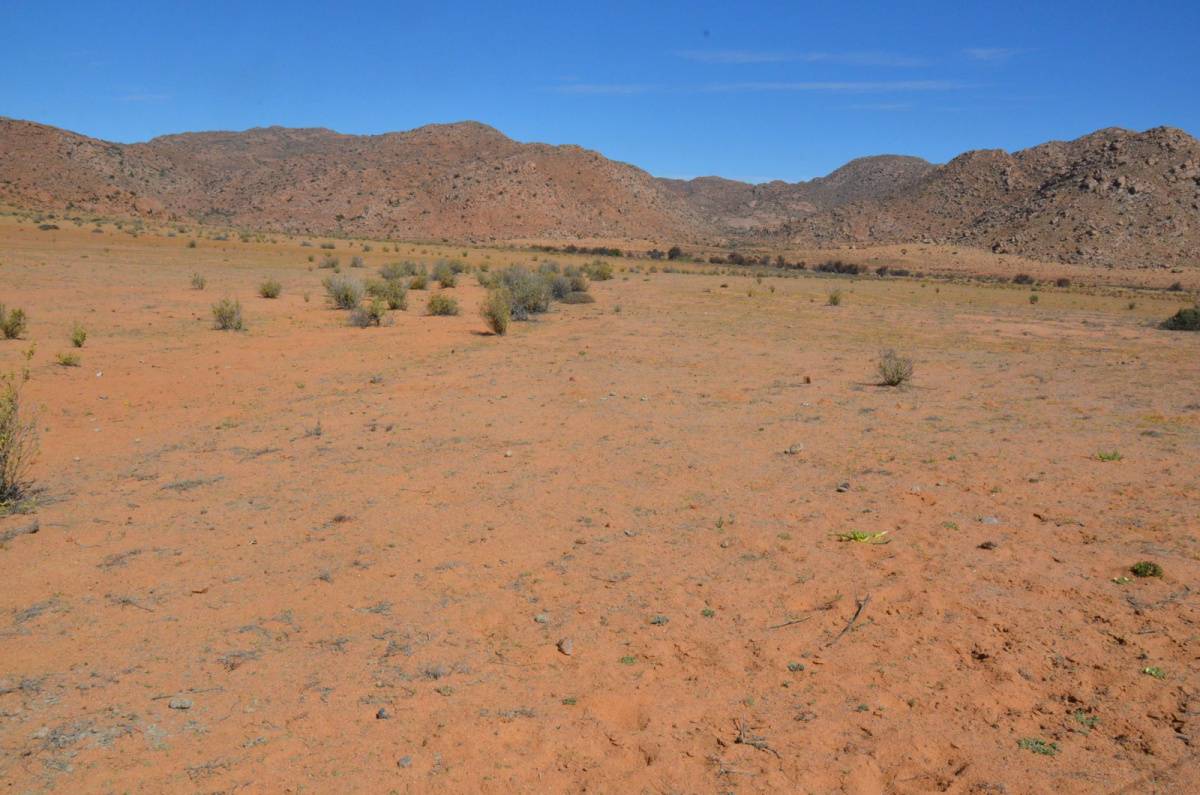Conservation through private initiative: A case study in the Western Ghats, India
CEESP News - by Venkat Ramakrishnan, CEESP member
This is the story of indigenous people living in or near one of the Western Ghats’ forests, and their right to continue living there with a sense of dignity and purpose.
Western Ghats is a biodiversity site in India, home to 5000 flowering plants, 139 mammals, 508 birds, 179 amphibian species, and 325 globally threatened species. It is under distress due to agriculture and human population growth. Venkat Ramakrishnan shares a case study of private enterprise protecting biodiversity in the Western Ghats. The range covers 60,000km2 and forms the catchment area for complex river systems that drain almost 40% of that of India. The Western Ghats is a UNESCO World Heritage Site.
Environmental Degradation in the Western Ghats
The Western Ghats were once covered in dense forests. Today, a large part of the range has converted into agricultural land for tea, coffee, rubber, and oil palm, or cleared for livestock grazing, reservoirs, and roads. The growth of human populations around protected areas and other forests has also led to habitat destruction, increased fragmentation, wildlife poaching and human-wildlife conflict.
Shares Dr. Manju Vasudevan, who leads the Livelihoods Program of River Research Center (RRC) in Thrissur, Kerala: “In the Kadar village of Vazhachal in southern Indian state of Kerala, the context for our work was set by the 12-years long crusade against the proposed Athirappily Hydroelectric Dam. The Western Ghats Ecology Expert Panel (WGEEP), headed by Prof. Madhav Gadgil, conducted extensive and transparent consultations with all stakeholders, and concluded that the dam would completely alter the river’s ecology and would seriously affect the livelihoods of the Kadars, even those whose settlements didn’t fall within the submergence areas.
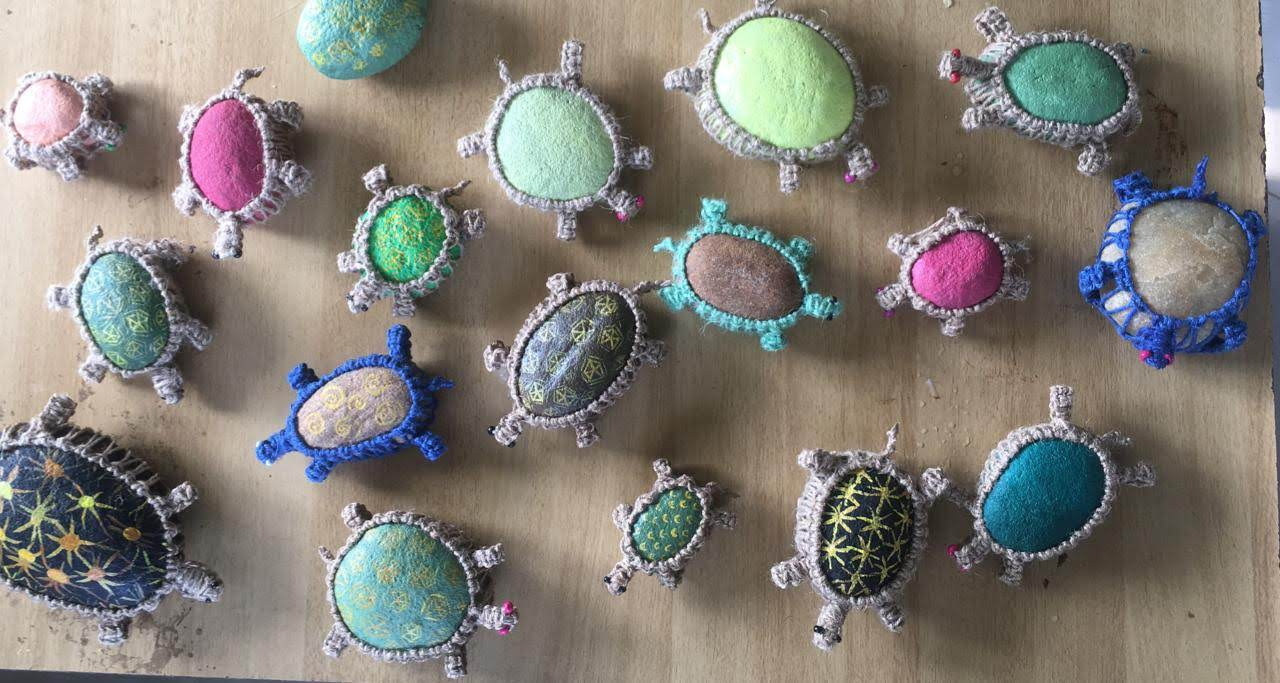 Photo: Dr. Manju Vasudevan of River Resource Center,
Photo: Dr. Manju Vasudevan of River Resource Center,
Background and Livelihood Of The People
In May 2014, Kadars living in this region were recognized as a “Particularly Vulnerable Tribal Group”. The gram sabhas (village councils) received Community Forest Rights titles over 40,000 hectares. Despite this, public hearings were never conducted to get the views of Kadars about the Athirappilly dam project. Kadar chieftan Geetha then wrote an open letter to the State explaining how the dam project “will destroy 28.5 hectares of riparian forests that sustain our way of life.” Kadars are one of the oldest indigenous populations in the Western Ghats. They are mainly hunter-gatherers; 89% of them live in the forest.
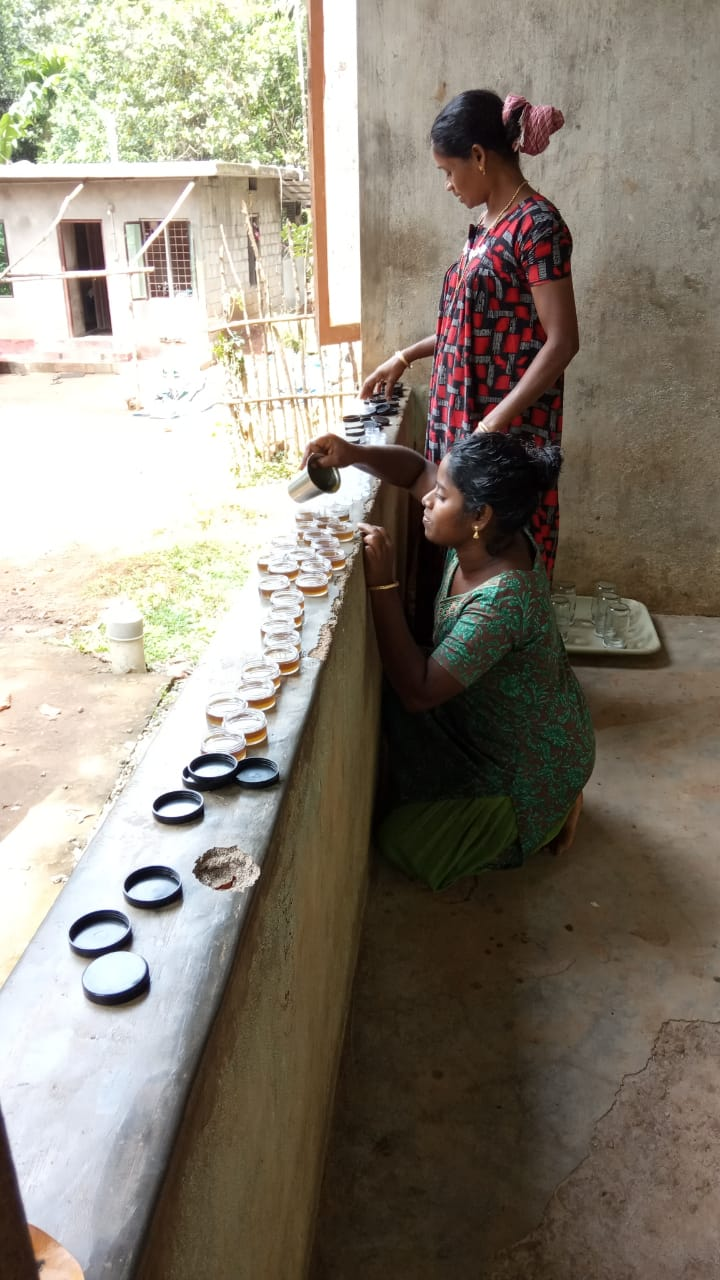 Photo: Dr. Manju Vasudevan of River Resource Center
Photo: Dr. Manju Vasudevan of River Resource Center
Strategy To Empower The People
The Livelihoods team at River Research Centre embarked on a project to involve indigenous women’s groups to form forest-based enterprises, and develop food and lifestyle products. This enables creative and dignified sources of income, so that they are not forced to move to towns to seek menial jobs. This ensures forest conservation, as they continue to engage with the forest and its resources.
A Project In Action
The project works with four women’s groups in Vazhachal, Malayattur and Chalakudy Forest Divisions for income generation activities. In less than 3 years, skill development has enhanced local economy. Alongside, it has addressed deeper issues of gender and equality, enabling confidence-building and decision-making.
A few women in Vazhachal and Pokalapara are employed by Vana Samrakshana Samiti jobs. The Karikkadav Collective women on the banks of Karuvannur river are engaged in beeswax and wild food processing, Anapandam women in seed jewellery-making and harvesting Asparagus racemosus, Cycas circinalis, Wild Grape (Ampelocissus sp.), Adichilthotti women in the Edamalayar valley in traditional bamboo weaving and contemporary design craft. Marketing efforts for selling these products are done by the RRC team.
Conclusion
The indigenous people preserve the knowledge of the forest and keep an eye on its status. They become the true stewards of conservation. Enabling them through environment-friendly employment protects their well-being as well as the biodiversity!
About the author:
 Photo: Venkat Ramakrishnan
Photo: Venkat Ramakrishnan
Venkat can be reached here.
Case study photographs by Dr. Manju Vasudevan of River Research Centre, Thrissur, Kerala, India
